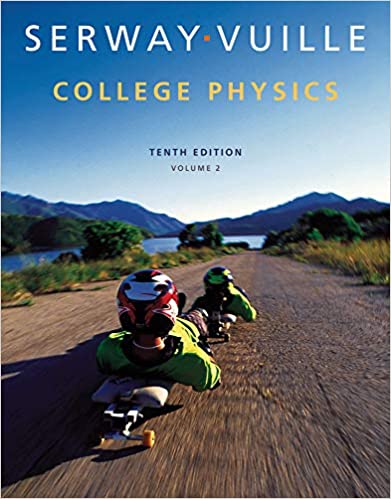
College Physics 10th Edition by Raymond Serway,Chris Vuille
Edition 10ISBN: 978-1285737041
College Physics 10th Edition by Raymond Serway,Chris Vuille
Edition 10ISBN: 978-1285737041 Exercise 33
Another series of nuclear reactions that can produce energy in the interior of stars is the cycle described below. This cycle is most efficient when the central temperature in a star is above 1.6 × 10 7 K. Because the temperature at the center of the Sun is only 1.5 × 10 7 K, the following cycle produces less than 10% of the Sun's energy. (a) A high-energy proton is absorbed by 12 C. Another nucleus, A , is produced in the reaction, along with a gamma ray. Identify nucleus A. (b) Nucleus A decays through positron emission to form nucleus B. Identify nucleus B. (c) Nucleus B absorbs a proton to produce nucleus C and a gamma ray. Identify nucleus C. (d) Nucleus C absorbs a proton to produce nucleus D and a gamma ray. Identify nucleus D. (e) Nucleus D decays through positron emission to produce nucleus E. Identify nucleus E. (f) Nucleus E absorbs a proton to produce nucleus F plus an alpha particle. What is nucleus F Note: If nucleus F is not 12 C-that is, the nucleus you started with-you have made an error and should review the sequence of events.
Explanation
Apply law of conservation of atomic mass...
College Physics 10th Edition by Raymond Serway,Chris Vuille
Why don’t you like this exercise?
Other Minimum 8 character and maximum 255 character
Character 255


